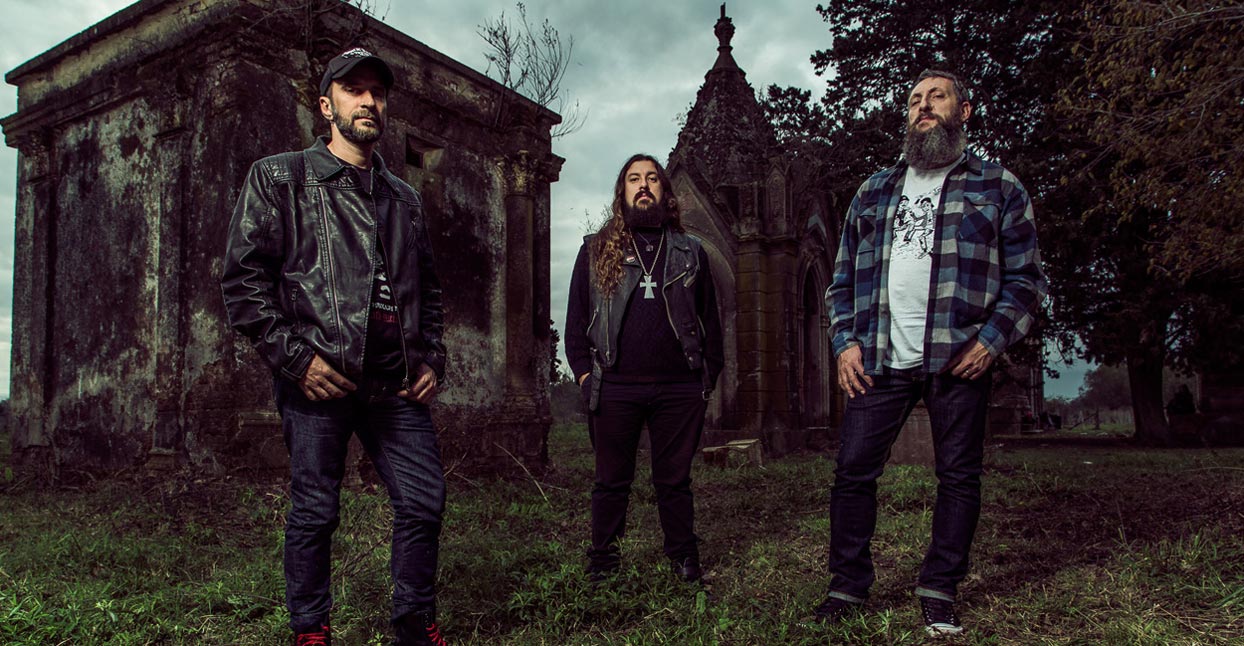 Amethyst by Ignacio Cangelo
Amethyst by Ignacio Cangelo
One of the most famous tango songs, “Yira, Yira,” is built around a chorus that goes, “In this world that’s deaf and dumb, no one cares.” When a country’s most upbeat song contains a lyric like that, it’s pretty easy to imagine that an inherently depressing genre like doom metal would find an easy foothold. Add to that the fact that Argentina is currently in the grips of economic uncertainty and a resurgent right-wing government, and the connection becomes even more evident. This isn’t without precedent: adverse social conditions gave birth to Black Sabbath back in the late ‘60s, after all. And because Argentina also contains a fair number of both indigenous people and European immigrants from the early 20th century, there are a wide variety of global perspectives figuring into the country’s take on the normally codified genre of doom metal.
Here’s a guide to a scene as vibrant as it is heavy.
Ambassador

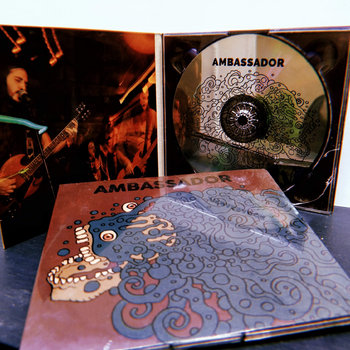
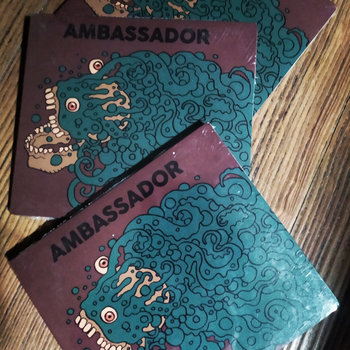

Compact Disc (CD)


The only place this band are ambassadors to is your skull, but their diplomatic negotiations prove pretty persuasive. The murky vibe and smoke-damaged vocals pull their insanely heavy blues solidly into the doom camp. Equally inspired by Jimi Hendrix and Black Sabbath’s Tony Iommi, their guitar worship skews ugly, but leaves plenty of room for intricate solos. The feedback is as rough as sandpaper, and strong enough to scour away even the happiest of moods.
Amethyst
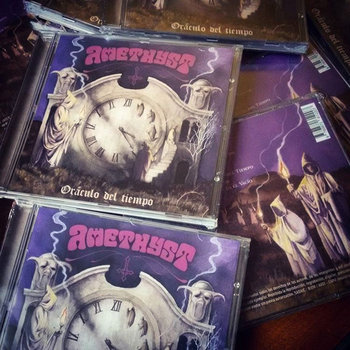
Compact Disc (CD)

Not to be confused with the prog metal band from Kansas, the power metal group from Canada, or the Italian thrash outfit, this Amethyst hails from Buenos Aires, and they approach their doom as if Ozzy never left Sabbath. They don’t turn the clock all the way back, though: There are nods to the American Southern groove of Down as well, taking some of sludge metal’s inherent nastiness and giving it some swing. Even if the name isn’t the most distinctive, Amethyst’s filthy approach to traditional doom helps them shine like a true gem.
Cauce
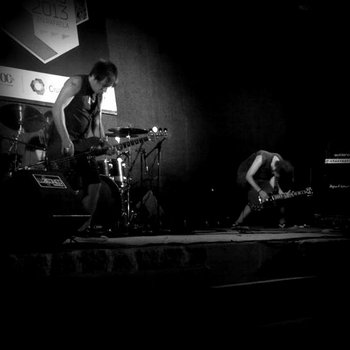

This trio from the northwestern city of Rafaela makes earth-friendly stoner metal, thundering across the plains like the buffalo they chose for Origen’s cover image. Their blunt-force approach recalls another Argentinian heavy rock act: Almafuerte, with gravelly vocals and bluesy guitars. Cauce take their influence more from early Monster Magnet and High on Fire than Motorhead or AC/DC, though. This is the first of a two-part saga about the impact of humanity on the natural world, so the aggressiveness makes sense. They do most of their speaking with blissfully heavy instrumental sections.
Cubo Negro

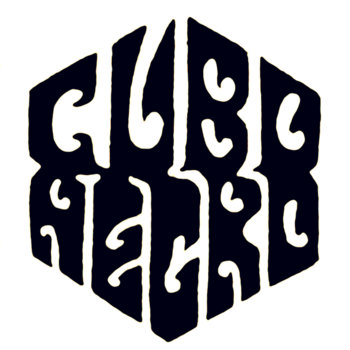

In the same way that their cover art deconstructs the Venus de Milo, Cubo Negro have deconstructed their chosen musical genre. These Córdoba residents pull the instruments apart into post-rock noodling, nod to classic low-end amplifier worship, and distort the vocals into sludgy howls. Then, they turn it all around and throw in a jazzy math-rock interlude, or Southern rock hootenanny. They can get pretty abrasive, but it’s part of their overall refusal to stay within any one musical boundary. One of the frequent complaints about doom metal is that it’s too predictable; no need to worry about that here.
Fabricantes
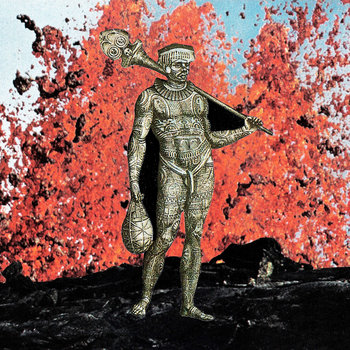

Heavy as a Mastodon, Fabricantes started with a stoner rock bent to their rumble, but gained some weight between their first and second albums. This power trio from Córdoba play slow-motion heavy blues, lumbering from riff to riff with legs seemingly made of amplifiers. Their ponderous jams flirt with psychedelia and space rock (and some straight-up mellow passages in the appropriately named “Contemplacion”), but never lose sight of primary purpose: crushing everything in their path. Soulfully, that is.
The Grave
The Grave pinched their album cover from the poster art for the obscure 1973 fright flick Messiah of Evil, so when it comes to horror, they clearly know their stuff. Their song titles reference John Carpenter’s The Fog, an actress from I Was a Teenage Frankenstein, and Z-grade giallo thrillers. The music references Electric Wizard, Cathedral, and Reverend Bizarre, although the basement-level production gives the recording the same rough charm as the films this Buenos Aires-based trio adore.
Lanthanein
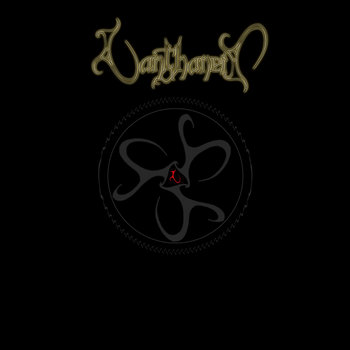

Proof that people even wear black eyeliner and corsets in the subtropical city of Córdoba, Lanthanein play a distinctly European strain of gothic doom metal. It’s pretty theatrical—the cover features a giant eye crying tears of blood, for heaven’s sake. Influenced by the depressive grandeur of bands like My Dying Bride and Lacrimosa, Marilí Portorrico and co-conspirator A.N.XIIIU.X bring a beauty-and-the-beast vocal dynamic and symphonic keys to their slow-motion sadness.
Mephistofeles


Apprentices of Electric Wizard and Uncle Acid, these sorcerers of schlock fully embrace the seedy grindhouse side of doom, an aspect that’s been there since the start—Black Sabbath themselves got their name from a drive-in marquee. The distorted vocals, technicolor guitar swirls, and swinging drums bring psychedelic haze to Mephistofeles’ spells. The pin-up girl cover models and occult symbology only add to their vintage charm. They summon the spirit of Altamont, Manson, and Blue Sunshine, sacrificing the Summer of Love to Old Scratch himself.
Qhwertt



Although weird fiction authors like H.P. Lovecraft and Robert E Howard mostly confined their eldritch horrors to the northern hemisphere, there’s no reason the pampas that surround Buenos Aires couldn’t hide some terrifying arcane secrets of their own. Qhwertt’s sole member, Simon O., also plays in Fungoid Stream, which finds lyrical inspiration in Lovecraft’s poems. This project focuses on HPL’s contemporary, Clark Ashton Smith, and it interprets his work through creeping, funereal drones. Smith probably never intended his poetry to be growled like this. It certainly sets a mood.
Sahara


Paraná is located across an ocean from the actual Sahara, but this trio from that riverside town capture the dryness and desolation of that endless desert. Under “influences,” they list “SABBATH,” and that’s it. Their music does bear the fingerprints of Iommi and co., but their slow-motion sludge and leaking mufflers also bring Weedeater to mind. Martin Ludi’s vocals channel Lemmy’s ominous intonations from the Motörhead song “Orgasmatron.” The sparse mix and jagged production practically draw blood. The fuzz is thick and soupy and pure evil, just like it should be. Strange things lurk under the sand.







